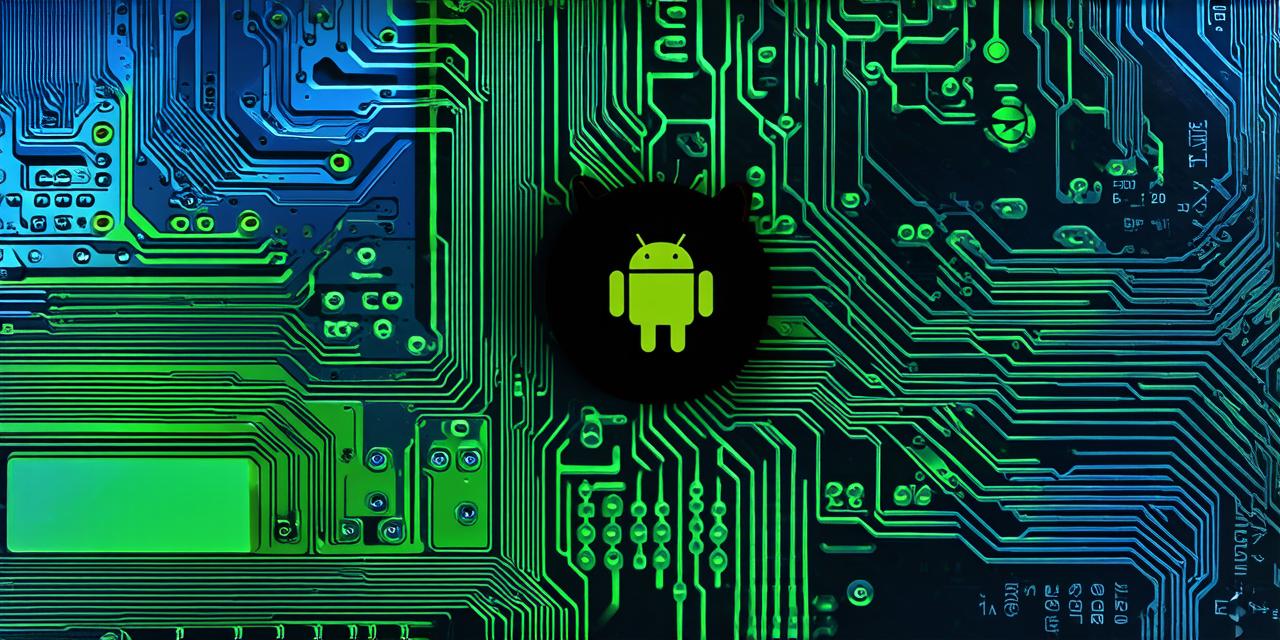As an Android Studio developer, you know how important it is to keep track of your code and collaborate with other developers.
One popular tool for achieving this is GitHub, a web-based hosting service that allows you to store and share your code with others. In this article, we’ll walk through the process of uploading an Android Studio project to GitHub, including how to use Git to manage your code, how to create a repository on GitHub, and how to push your code to the repository.
Prerequisites
Before you begin, make sure you have the following installed:
- JDK (Java Development Kit) version 8 or later
- Android Studio
- Git
If you don’t have Git installed, you can download it from the official website: https://git-scm.com/downloadsStep 1: Create a Repository on GitHub

The first step in uploading an Android Studio project to GitHub is to create a repository on the site. To do this, follow these steps:
- Go to https://github.com/ and sign in with your GitHub account.
- Click on the "New" button in the top right corner of the screen.
- In the popup that appears, enter a name for your repository. For example, if your project is called "MyApp", you might name it "myapp".
- Select the appropriate visibility level for your repository. If you’re working on a personal project, you might choose "Private" so only you can access it. If you’re working on an open-source project, you might choose "Public" so anyone can view and contribute to the code.
- Click the "Create Repository" button.
Once you’ve created your repository, you’ll be taken to a page with a URL that looks something like this: https://github.com/username/myapp. You’ll need this URL later in the process, so make sure to remember it.Step 2: Initialize Your Project as a Git Repository
Before you can push your code to the repository, you need to initialize your Android Studio project as a Git repository. To do this, follow these steps:
- Open your Android Studio project in the IDE.
- Go to the "Version Control" menu and select "Git" > "Initialize Repository".
- In the popup that appears, make sure the default settings are correct (i.e., use the local directory as the repository location and initialize with a read-only repository).
- Click the "Initialize" button.
Once you’ve initialized your project as a Git repository, you should see a message in the console indicating that the process was successful.Step 3: Add Your Code to the Repository
Now that your Android Studio project is a Git repository, you can start adding your code to it. To do this, follow these steps:
- Open the terminal or command prompt and navigate to the root directory of your project (i.e., the directory containing the "app" folder).
- Run the following command to add all files and directories to the staging area:
bashgit add .
This will stage all changes, including deleted files, for the next commit.
- Run the following command to commit your changes:
arduinogit commit -m “Initial commit”
This will create a new commit with the message “Initial commit”.
- Run the following command to push your commit to the remote repository on GitHub:
javascriptgit push origin main
This will push the "main" branch (which is the default branch) of your local repository to the remote repository on GitHub.
Once you’ve pushed your code, you should see a message in the console indicating that the process was successful. You can now collaborate with other developers by pulling changes from the remote repository and making updates to your local repository.
Step 4: Collaborate with Other Developers
One of the biggest benefits of using GitHub is the ability to collaborate with other developers on a project. To do this, follow these steps:
- Go to the "Settings" menu in your Android Studio project and click on "Git".
- Under the "Remotes" section, add a new remote by entering the URL of your repository on GitHub (e.g., https://github.com/username/myapp).
- Click the "Fetch" button to retrieve any changes that have been made to the remote repository.
- Make updates to your local code and commit them as usual.
- Push your changes back to the remote repository using the same command as before:
javascriptgit push origin main
This will update the "main" branch of the remote repository with your latest changes.
- Other developers can now clone the remote repository and make updates to their own local copies, which they can then push back to the remote repository.
FAQs
Q: What is a Git repository?
A: A Git repository is a location where you can store and manage your code using Git, a version control system.
Q: Why should I use GitHub for my Android Studio projects?
A: GitHub is a popular web-based hosting service that allows you to store and share your code with others, collaborate on
